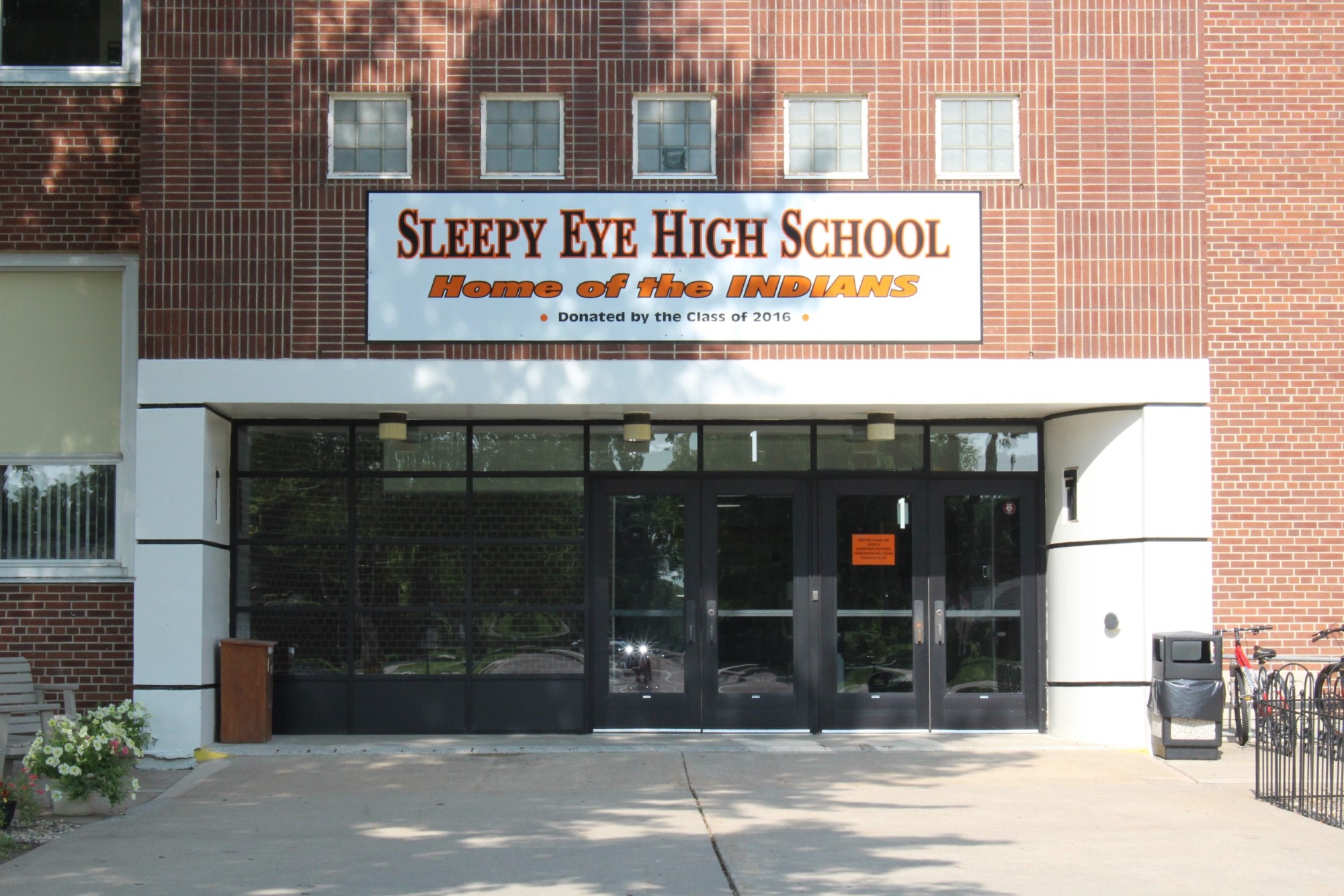Adopted: 3-23-00 MSBA/MASA Model Policy 604
Orig. 1995
Revised: 5-14-09, 12-12-13 Rev. 2013
604 INSTRUCTIONAL CURRICULUM
I. PURPOSE
The purpose of this policy is to provide for the development of course offerings for students.
II. GENERAL STATEMENT OF POLICY
A. Instruction must be provided in at least the following subject areas:
1. Language arts and basic communication skills including reading and writing, literature, and fine arts;
2. Mathematics and science;
3. Social studies, including history, geography, economics, government, and citizenship;
4. Health and physical education;
5. The arts;
6. Career and technical education; and
7. World languages.
B. The basic instructional program shall include all courses required for each grade level by the Minnesota Department of Education and all courses required in all elective subject areas. The instructional approach will be nonsexist and multicultural.
C. Elementary and middle schools shall offer at least three, and require at least two, of the following four art areas: dance, music, theater, and visual arts. High schools shall offer at least three, and require at least one, of the following five art areas: media arts, dance, music, theater, and visual arts.
D. The school board, at its discretion, may offer additional courses in the instructional program at any grade level.
E. Each instructional program shall be planned for optimal benefit taking into consideration the financial condition of the school district and other relevant factors. Each program plan should contain goals and objectives, materials, minimum student competency levels, and methods for student evaluation.
F. The superintendent shall have discretionary authority to develop guidelines and directives to implement school board policy relating to instructional curriculum.
1G. The school district will provide onetime cardiopulmonary resuscitation (CPR) and automatic external defibrillator (AED) instruction as part of its grade 7 to 12 curriculum for all students in that grade beginning in the 2014-2015 school year and later.
1. In the school district’s discretion, training and instruction may result in CPR certification.
2. CPR and AED instruction must include CPR and AED training that have been developed:
a. by the American Heart Association or the American Red Cross and incorporate psychomotor skills to support the instruction; or
b. using nationally recognized, evidence-based guidelines for CPR and incorporate psychomotor skills to support the instruction. “Psychomotor skills” means hands-on practice to support cognitive learning; it does not mean cognitive-only instruction and training.
3. The school district may use community members such as emergency medical technicians, paramedics, police officers, firefighters, and representatives of the Minnesota Resuscitation Consortium, the American Heart Association, or the American Red Cross, among others, to provide instruction and training.
4. A school administrator may waive this curriculum requirement for a high school transfer student regardless of whether or not the student previously received instruction under this section, an enrolled student absent on the day the instruction occurred under this section, or an eligible student who has a disability.
[Note: If a school district requests resources, the Minnesota Resuscitation Consortium must provide them to the school district for instruction and training provided to students under this section.]
1H. The school district shall assist all students by no later than grade 9 to explore their college and career interests and aspirations and develop a plan for a smooth and successful transition to postsecondary education or employment. All students’ plans must be designed to:
1. provide a comprehensive academic plan for completing a college and career-ready curriculum premised on meeting state and local academic standards and developing 21st century skills such as team work, collaboration, and good work habits;
2. emphasize academic rigor and high expectations;
3. help students identify personal learning styles that may affect their postsecondary education and employment choices;
4. help students gain access to postsecondary education and career options;
5. integrate strong academic content into career-focused courses and integrate relevant career-focused courses into strong academic content;
6. help students and families identify and gain access to appropriate counseling and other supports and assistance that enable students to complete required coursework, prepare for postsecondary education and careers, and obtain information about postsecondary education costs and eligibility for financial aid and scholarship;
7. help students and families identify collaborative partnerships of kindergarten through grade 12 schools, postsecondary institutions, economic development agencies, and employers that support students’ transition to postsecondary education and employment and provide students with experiential learning opportunities; and
8. be reviewed and revised at least annually by the student, the student’s parent or guardian, and the school district to ensure that the student’s course-taking schedule keeps the student making adequate progress to meet state and local high school graduation requirements and with a reasonable chance to succeed with employment or postsecondary education without the need to first complete remedial course work.
The school district may develop grade-level curricula or provide instruction that introduces students to various careers, but must not require any curriculum, instruction, or employment-related activity that obligates an elementary or secondary student to involuntarily select a career, career interest, employment goals, or related job training.
Legal References: Minn. Stat. § 120A.22 (Compulsory Instruction)
Minn. Stat. § 120B.021 (Required Academic Standards)
Minn. Stat. § 120B.022 (Elective Standards)
1Minn. Stat. § 120B.125 (Planning for Students’ Successful Transition to Postsecondary Education and Employment; Involuntary Career Tracking Prohibited)
Minn. Stat. § 120B.236 (Cardiopulmonary Resuscitation and Automatic External Defibrillator Instruction)
Cross References: MSBA/MASA Model Policy 603 (Curriculum Development)
MSBA/MASA Model Policy 605 (Alternative Programs)

